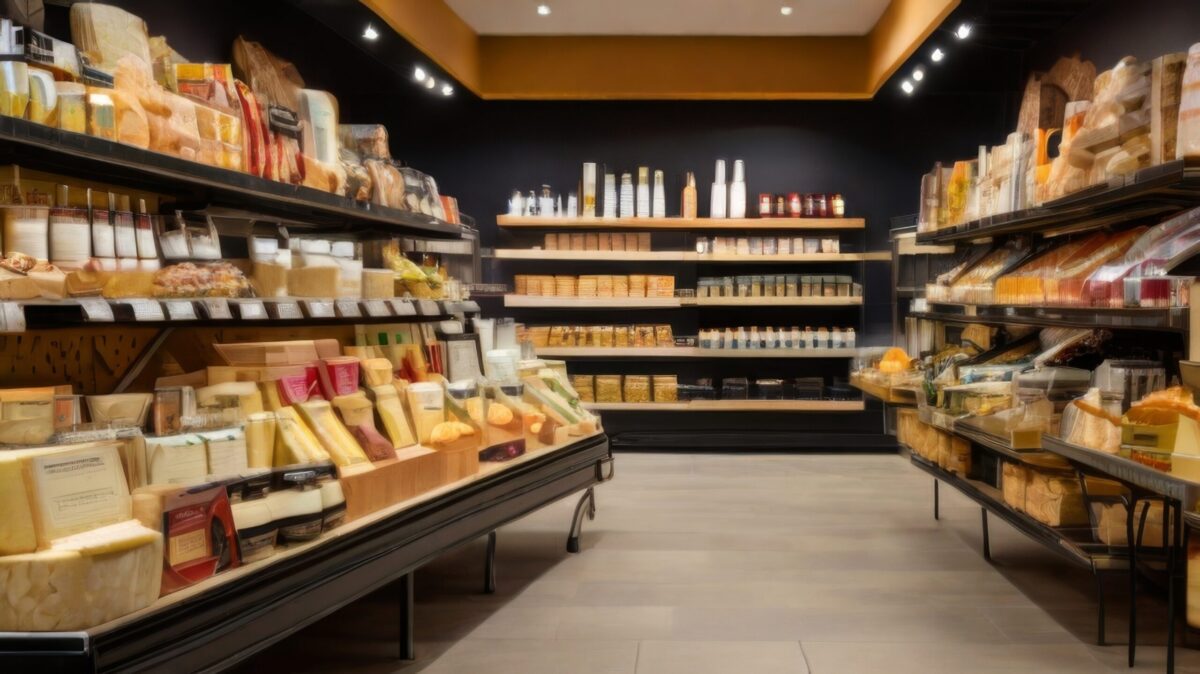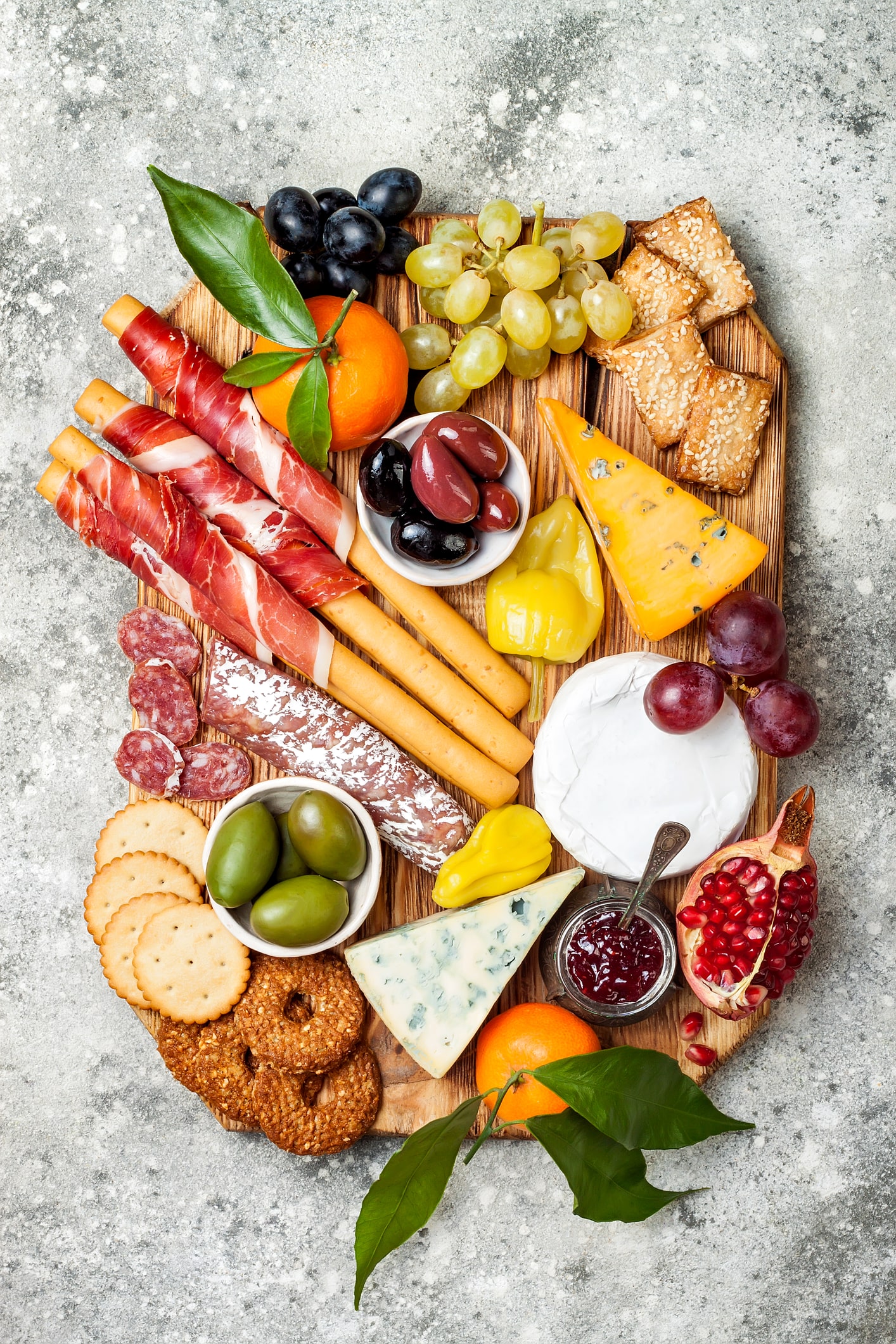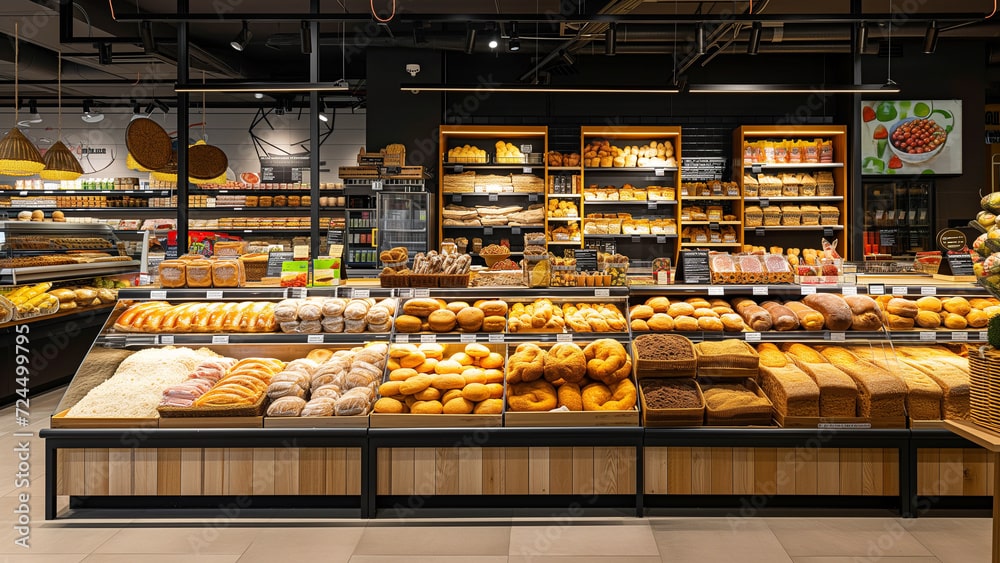
An Insider Playbook for Driving Sales, Shopper Engagement, and Operational Excellence in the Deli Department
Executive Summary
The deli department is one of the most sensory and shopper-driven areas of any supermarket. According to Circana, annual buyer trips and dollar spend in the deli department have been increasing YOY since 2021, and year to date, the deli department continues to outpace total Edible in unit sales and units per trip. When executed well, the deli department can be a powerful driver of customer loyalty and incremental basket growth. This white paper explores the core principles and best practices for merchandising and managing deli cheese and meat, combining retail strategy with real-world, day-to-day execution tactics to capitalize on this unique section of the store.
We’ll cover how to curate the right product mix, create visually appealing displays, manage freshness, engage customers, and run a high-functioning back-of-house operation. Whether you’re refreshing your deli strategy or training a new team, this guide lays out the essentials for serving up success.
- Assortment Strategy: Curating for Choice and Occasion
A winning deli starts with the right assortment. It’s not just about what’s popular—it’s about offering something for everyone while keeping the mix smart and shoppable.
Key Elements:
- Brand variety: Offer national brands, private label, and local/artisanal items to appeal to a wide shopper base.
- Formats and cuts: Stock sliced, block, shaved, and pre-packed options to meet different usage occasions like snacking, sandwich-making, and entertaining. Grab-and-go and deli prepared offerings are essential. IDDBA’s latest market study cites prepared deli as one of the few segments with significant sales growth through January, with prepared meats up +7.3%, and prepared appetizers up +3.1% vs LY.
- Health and lifestyle needs: Include organic, low-sodium, nitrate-free, and specialty diets (e.g., keto-friendly, plant-based cheeses).
Tip: Use sales data, both retailer proprietary and syndicated, and shopper feedback to guide rotations and seasonal product swaps. Local favorites often drive loyalty. Challenge suppliers and sales agency partners to proactively communicate consumption trends, insights and product innovations.
- Merchandising: Making the Case Look as Good as It Tastes
Great merchandising isn’t just about what’s in the case—it’s about how it’s presented. Visual appeal drives sales and helps shoppers navigate the section quickly.
Best Practices:
- “Planogram-ish” discipline: Since most supermarkets do not utilize planograms in the deli department, it’s important to stay organized and merchandise products to compliment shopper flow. Stick to a logical layout. Shoppers should find their go-to items without confusion.
- Vertical blocking: Group brands or product types top to bottom for easy comparison.
- Color blocking: Let natural meat and cheese tones create an attractive visual flow.
- Cross-merchandising: Pair deli meats with condiments, place cracker assortments or fresh pasta near cheeses, or create seasonal charcuterie spreads with olives, jams, chocolate – you name it!
- POS: Point-of-sale materials can help tell a story and add excitement to the shopping experience. We’ve had great success with manufacturer-provided thematic signage and building great displays around their campaigns.
Tip: Keep signage simple and useful—think “Great for Sandwiches!” or “Perfect for Wine Night.” Challenge sales agency partners to source and share “best practices” merchandising concepts observed across a broad universe of retailers.
- Shelf Management: Freshness First, Always
Deli products are highly perishable, and shelf management is where strong teams shine. Keeping things clean, cold, and current is non-negotiable.
Core Systems:
- FIFO (First In, First Out): Enforce daily to avoid spoilage and waste.
- Clean displays: Wipe, rotate, and restock often to keep the case looking full and fresh.
- Labeling and signage: Clear pricing, expiration dates, and callouts (e.g., “gluten-free,” “smoked”) help shoppers make fast, informed choices.
- Temperature control: Keep all areas—especially grab-and-go—within regulated safe zones.
Tip: Use visual cues like “low stock” markers to remind teams when items need attention. Create, share, implement and monitor merchandising standards to guide field sales representatives’ activities.
- Engaging the Shopper: Turning a Transaction into an Experience
The deli is one of the last remaining areas in the store where personal interaction matters. Make it count. Understanding the tastes and buying behavior of your local, loyal customers can help you create an exceptional, immersive deli destination.
Ways to Elevate the Experience:
- Live service: Seeing meats freshly sliced or cheeses custom-cut feels “premium” to shoppers — it’s often the only section of the store offering this kind of special, customized service.
- Sampling & demos: Let people try before they buy. It builds trust and boosts trial. Making different varieties approachable is a great way to grow the basket and keep shoppers coming back.
- Storytelling: Use signs or team knowledge to share product origin stories, pairing ideas, or how-to’s.
- Seasonal theming: Build mini-campaigns around grilling season, tailgate platters, or holiday charcuterie spreads. According to Circana, the top holidays for deli department sales include Christmas, Thanksgiving and Easter.
Tip: Train staff to suggest their favorite add-ons and pairings. A genuine “Have you tried that with balsamic glaze?” or “Would you like a spicy mustard with that?” can boost basket size with zero pressure. Growing “1st moment of truth” wins will accelerate by elevating multi-dimensional shopper engagement.
- Behind the Counter: Operational Excellence
The front-of-house looks great when the back-of-house runs smoothly. Operational efficiency keeps costs down and the team aligned.
Key Practices:
- Team training: Make sure staff understand slicing techniques, food safety, and product knowledge.
- Inventory control: Use POS and shrink reports to manage restocks and reduce spoilage.
- Vendor relationships: Keep lines open with suppliers for promotion planning, new product launches, and seasonal buys.
Tip: Regular check-ins between merchandisers, deli managers, and store leadership ensure everyone is rowing in the same direction. Exploring and customizing anchor supplier and sales agency educational and training programs can be an efficient way to elevate operational effectiveness.
Conclusion: More Than Meats & Cheeses
Deli isn’t just about stocking ham and cheddar—it’s about creating a destination department that brings people in, excites them with new choices, and gives them reasons to come back. With the right balance of merchandising, management, and customer engagement, supermarkets can turn the deli into one of their strongest departments—both in shopper satisfaction and in sales performance.

Chris Vuono is a VP Senior Director of Client Services at RDD Associates, responsible for managing a portfolio of top-ranked Deli, Meat and Food Service clients in the NY Metro area. He is an accomplished CPG sales, marketing & procurement professional with 30 years of industry experience including leadership roles in category management, procurement, and business development. Chris is also a member of the NFRA, IDDBA, NJFC and EPPA. Outside of merchandising and mobilizing, Chris loves spending time with his granddaughter, rooting for sub-par sports teams, and playing ice hockey. To learn more about the latest trends in perishables, Chris’s food industry expertise or RDD’s ELEVATED service solutions, please visit our website or contact: info@rddassociates.com.
Share this




